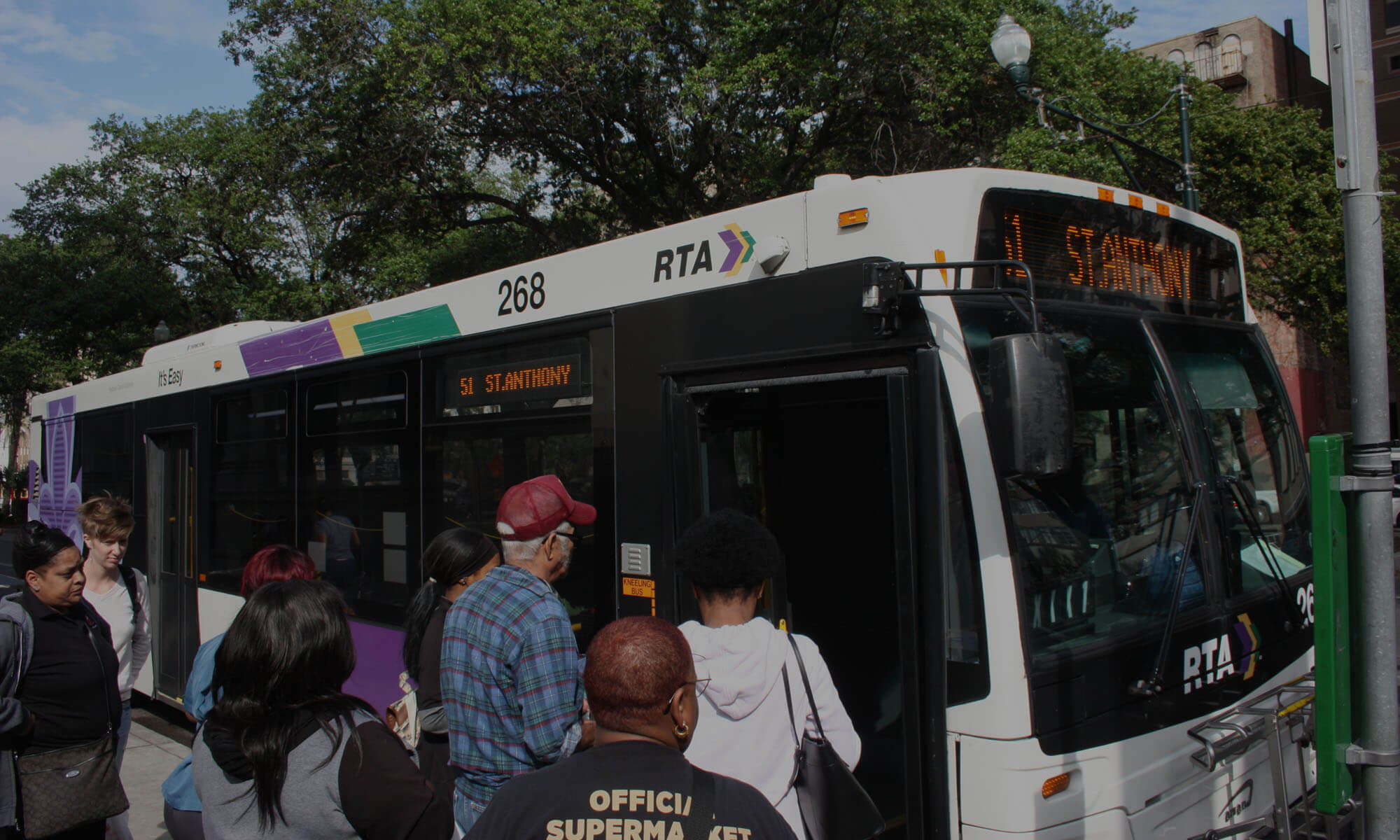Across the country, cities are adopting a low-cost, relatively simple solution to improve transit and reduce congestion—bus rapid transit! This is not a new idea. In fact, some cities in Latin America have had BRTs for decades. But with increased federal funding for innovative infrastructure solutions, American cities have turned to BRT.
What is BRT?
RIDE introduced the concept of BRT in a recent article. But basically, BRT is a system that gives priority to transit vehicles so they can move quickly and efficiently along their routes. The exact design and features of the system can vary, but some include dedicated bus lanes that are separated from traffic, offboard payment to speed boarding, and signal prioritization so buses do not have long waits at intersections. BRT is based on a relatively simple concept—give priority to the vehicles that carry the most passengers—buses! Ultimately BRT is about moving the maximum amount of people, not vehicles to where they need to go! BRT was initially introduced in South American cities as a low-cost way to deal with urbanization. However, in the last few decades American cities have been implementing the concept and experiencing numerous benefits including.
Sure, that’s great for Northern or coastal cities, but surely it won’t work in the south…Just ask Birmingham!
The Birmingham Xpress is a new bus system that serves the city of Birmingham and surrounding areas. It features dedicated busways in some areas, signal priority, new buses and stops that allow level-boarding and offboard ticketing as well as on-board bike racks and automatic wheelchair fastening systems. These features all speed up boarding times and allow seamless operations to transport passengers along the 10-mile route that runs East-West across the city.
This new system was officially launched in September 2022, and the city decided to go zero fare for the first few months of operation. Implementing Xpress was not a simple matter. In fact, Birmingham is one of the few states that gives no state funding for public transportation. This meant that all funds came from the federal and city government.
What about Louisiana?
If it feels like Birmingham is just too far advanced for comparison, we can also look to Shreveport which recently received a $22 million federal RAISE grant to construct a BRT corridor and implement other transit improvements.
New Orleans—let’s give BRT a chance
The New Orleans RTA has been studying a potential bus rapid transit route to connect New Orleans East and Algiers with downtown. Many of the details remain undecided, but RIDE is excited to see the city moving in the right direction.

